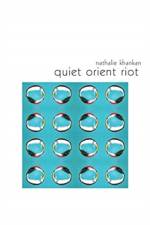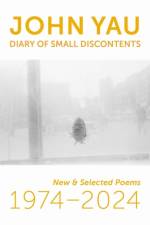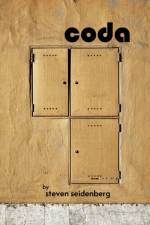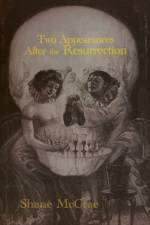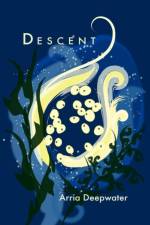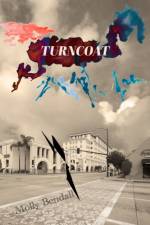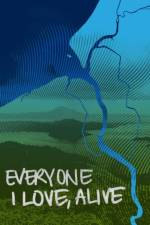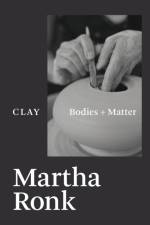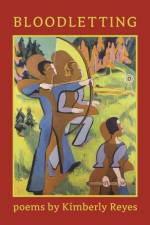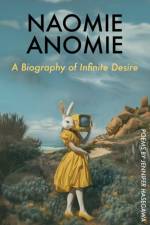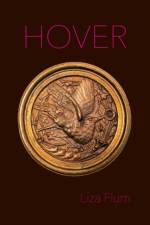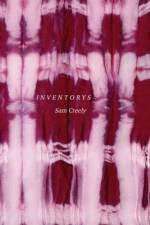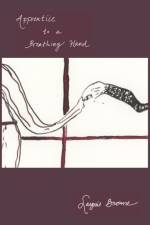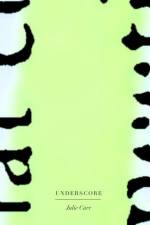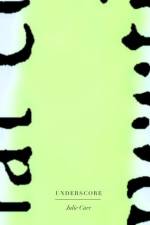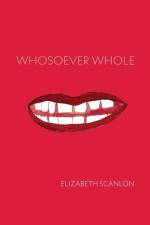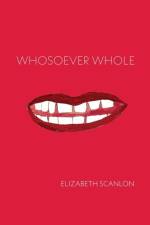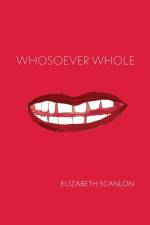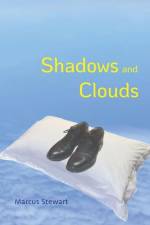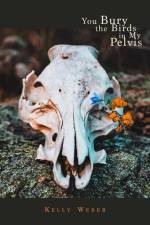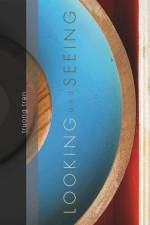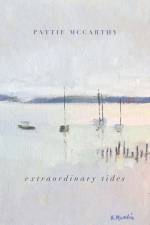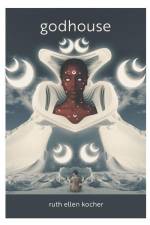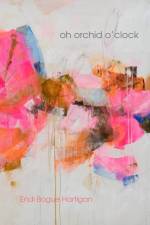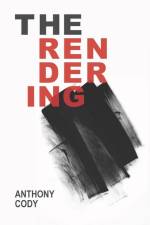av Norma Cole
275,-
A collection of poems and essays that embrace musicality and locate the patterns of ancient songs in the body, nature, and world events. Alibi, in Latin, meant "elsewhere," and "lullaby"-from lull, to soothe, and bye, near, close by-has elements linguistic elements that appear across cultures. Music, from ancient songs recorded on tables to contemporary compositions, share related framing elements that have persisted across time: formal patterns and rhythms, peaceful and hypnotic movements, and elements of terror arising from the moving frontier of "thrill, dread, certainty." In this collection, Norma Cole considers the ancient and transcendent patterns of music, finding them through nature, heart sounds, the spectral elegance of blood flow, the murmur of melody, and many diverse patterns and beats. Sounds of summer, massacres, "empathy through distress," unknowing, energy, suspense, and fragility echo throughout the poems and other writings. Drawing on a poetics that embraces formal freefall and looks forward while holding up the shifting mirror of memory, Alibi Lullaby is a lyrical montage at the edges of musicality.

